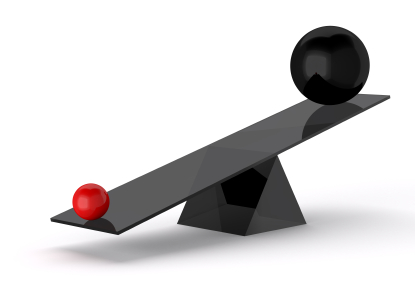Policies to correct a balance of payments disequilibrium

 There are two types of policy to correct a balance of payments deficit. They are:
There are two types of policy to correct a balance of payments deficit. They are:
1. Expenditure-switching policies - these are policies that are aimed at encouraging people to switch their spending from imported goods to domestic goods. These policies might include tariffs and protectionism in general, manipulation of exchange rates to change the relative prices of imports and supply-side policies aimed at improving the competitiveness of domestic firms. In the past, countries have used marketing measures to promote the buying of national goods and services.
2. Expenditure-reducing policies - these are policies that aim to reduce domestic expenditure and therefore reduce the level of imports. The main expenditure-reducing policies are deflationary monetary and fiscal policies. These may include increasing tax, cutting government expenditure or increasing interest rates. The impact of these policies would be to reduce the level of aggregate demand and therefore the demand for imports. The extent of this improvement will depend on the income elasticity of demand for imports. The higher the income elasticity, the greater the improvement there will be in the current account.

Read the article 'Buy American' bill risks trade war and drift to protectionism and then answer the questions below. You can either read the article in the window below or you can follow the previous link to read the article in a separate window.

"Protectionism is the crackcocaine of economics. It may provide a high. It's addictive and it leads to economic death".
- Explain this view of Richard Fisher, president of the Dallas Federal.
- To what extent was Obama's campaign an unfair trade practice?

